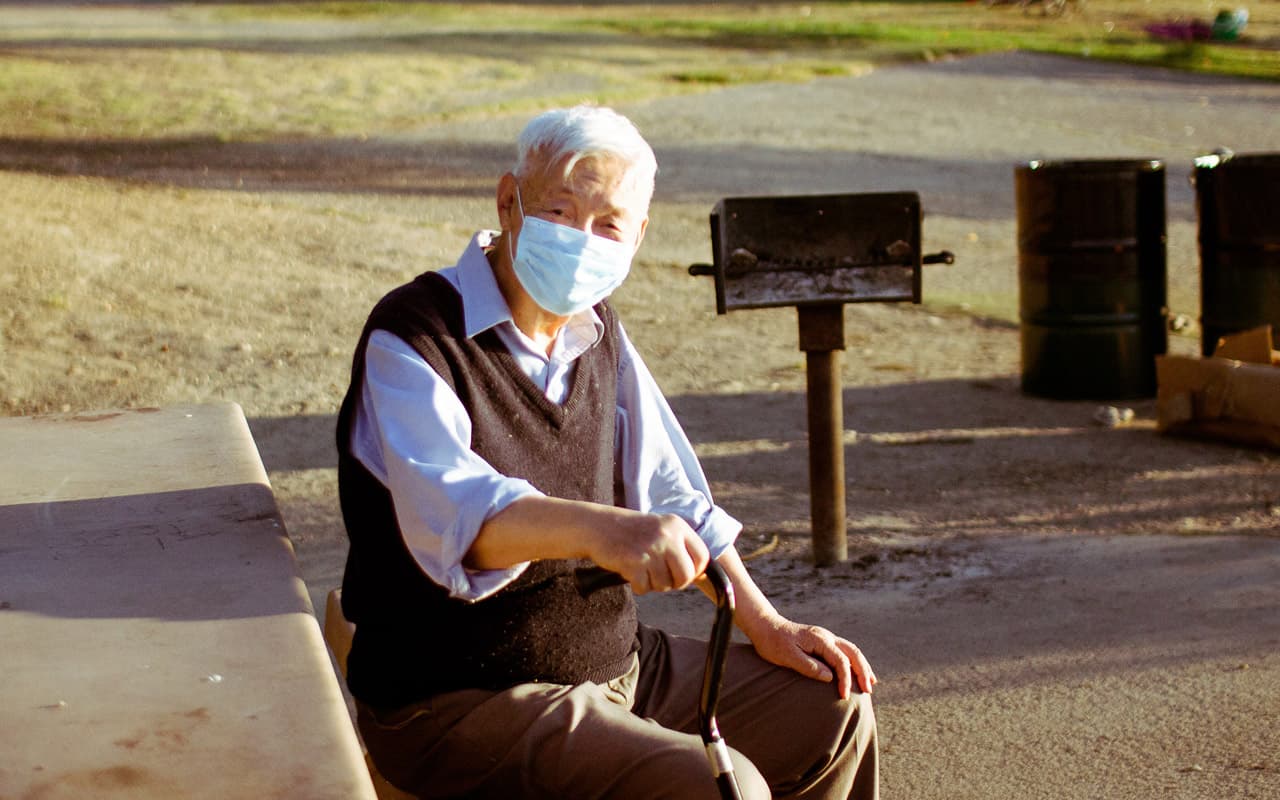Are you living with mild to moderate urinary incontinence? Believe it or not, regular Kegel exercises can strengthen your pelvic floor muscles, help support your core, and reduce the frequency of leaks.
Below is an easy-to-follow guide on Kegel exercises with just a few simple steps.
What You’ll Need
You don’t need any special equipment for Kegel exercises. Some people do them sitting, while others prefer standing up or lying down. If you do Kegels lying down, a Yoga mat or blanket can make your workout more comfortable.
Steps to Perform Kegels
Step 1: Visit Your Doctor
Before you start any new exercise (including Kegels), meet with your doctor or a pelvic floor physical therapist.
“Kegel exercises aren’t the place everyone should start at,” said Heather Jeffcoat, DPT, a doctor of physical therapy and pelvic floor physical therapist at Femina Physical Therapy in Los Angeles, California. “Sometimes, urinary incontinence happens because the pelvic floor muscles are overactive, and Kegels can make this worse.”
After a physical exam and discussing your symptoms, your provider can make personalized treatment recommendations.
Step 2: Find Your Pelvic Floor Muscles
If your doctor gives you the ok to do Kegel exercises, you need to find your pelvic floor muscles. The easiest way to do that is to imagine urinating and then cutting the urine off midstream.
When you do a Kegel properly, you use the same muscles you use to stop urinating. Hold those muscles for at least three seconds, and then relax.
At first, Kegels can feel a little strange, so it may take some getting used to. However, once you know how to find your pelvic floor muscles, you can practice flexing them in any position.
Pelvic Floor Therapist Pro Tip: “I like to tell my patients to picture a claw machine at an arcade,” said Jennifer Engelbert, PT, DPT, MDNC, a pelvic floor physical therapist at Petersen Physical Therapy in Tempe, Arizona.
“Think of your pelvic floor as that claw. Try lifting your muscles upward toward your belly button. You can also think of it as riding in an elevator. The harder you contract or “lift” your pelvic floor muscles, the higher the elevator goes.”
Step 3: Practice Your Kegel Technique
Isolating and flexing your pelvic floor muscles takes practice.
Tips for Women
Imagine sitting atop a round object, like an egg or a ball. Squeeze your pelvic floor muscles and imagine you’re lifting the object up. Flex your muscles for three seconds, and then relax them for another three. Repeat.
Tips for Men
Gently squeeze your pelvic floor muscles and imagine pulling your penis toward your body. Flex your muscles for three seconds, and then relax them for another three. Repeat.
Pro Tip: If you don’t regularly exercise, finding your pelvic floor muscles can be hard. A pelvic floor physical therapist can ensure you’re using the right muscles and doing Kegels correctly.
Step 4: Keep Breathing
It’s easy to forget to breathe when learning a new exercise. Try coordinating your breathing with each Kegel rep.
When inhaling, gently clench your anus and urethra. Hold the position for three seconds, and then slowly exhale while releasing your pelvic floor.
Pro Tip: Take a break if you’re out of breath or feeling light-headed. If you feel nauseous or exhausted, you’re doing it wrong.
Step 5: Do Kegels Daily
To benefit from Kegel exercises, you need to do them daily.
Most pelvic floor physical therapists and urologists recommend aiming for three sets of 10-15 Kegels each day. Since you don’t need any special equipment, you can do them when commuting, at work, or while watching TV.
Hear it from a Pelvic Floor Physical Therapist: “Kegels are a great way to gain awareness of the pelvic floor. Still, it’s normal to feel a little discouraged at first since it can be difficult to know if you’re completing them correctly or at all,” Engelbert said. “This awareness will come with time and practice. If you help, find a pelvic floor physical therapist near you.”
Need More Information?
We’re here for you! We regularly help family caregivers with their incontinence needs. Our incontinence and toileting section features everything you need to support your loved one’s toileting, including incontinence products, educational articles, and product reviews.
If you have specific questions, please contact our friendly Care Specialists at (800) 696-CARE or send an email to support@carewell.com.



